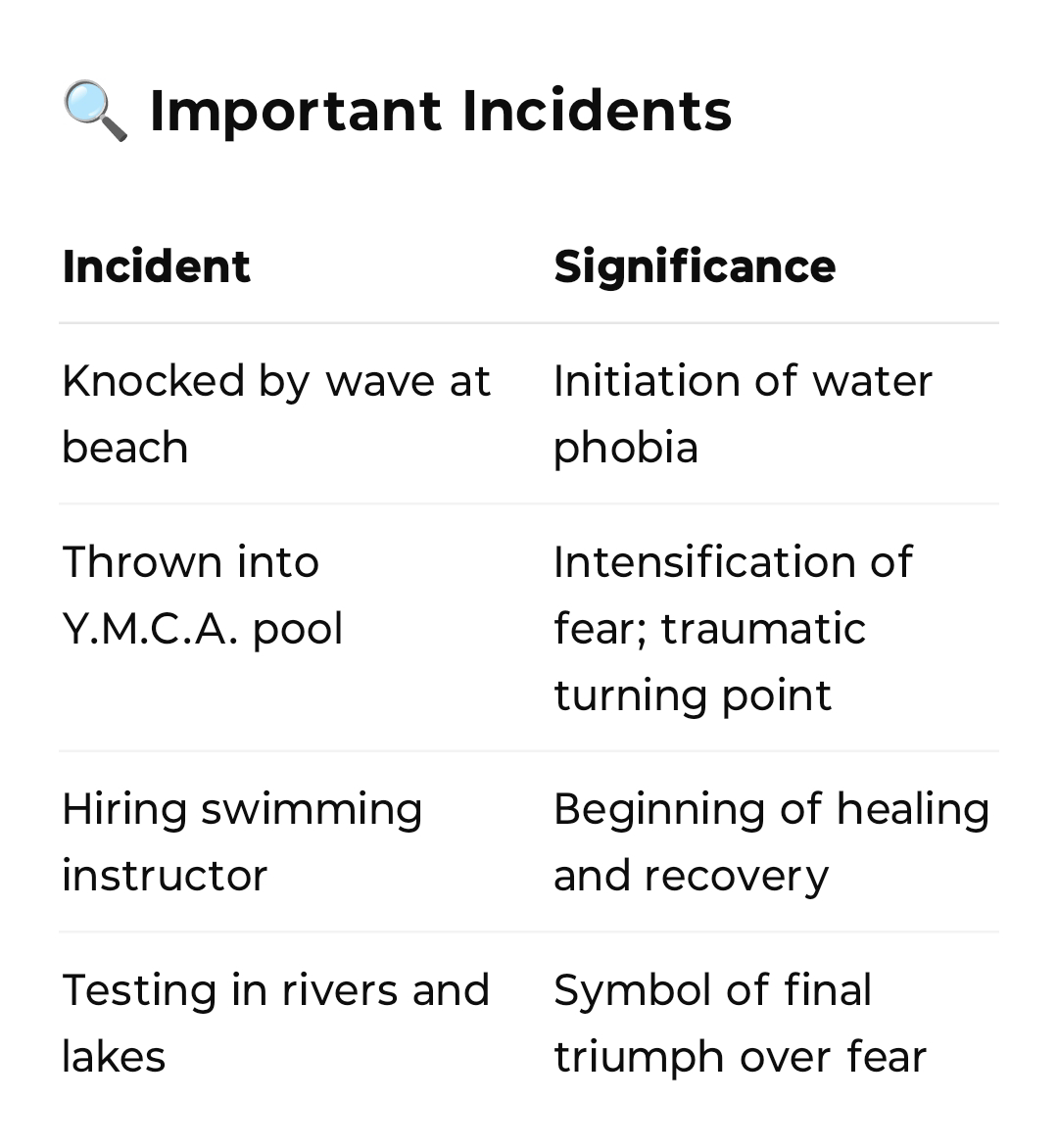The Summer of the Beautiful White Horse
"The Summer of the Beautiful White Horse" By William Saroyan “The Summer of the Beautiful White Horse” is a touching story about two Armenian boys, Aram and his cousin Mourad, and their love for adventure, horses, and honesty. The story is narrated by Aram, who looks back on a memorable summer of his childhood when he was just 9 years old. Aram belongs to the Garoghlanian tribe, a poor but proud Armenian family that is known for its strict values of honesty and integrity. Despite facing extreme poverty for generations, the Garoghlanians are respected because they never steal or lie. One morning, Aram is surprised to see Mourad riding a beautiful white horse outside his window. He cannot believe his eyes because they are too poor to own a horse. However, Mourad insists that they haven’t stolen it but merely "borrowed" it. Aram, though puzzled, agrees to go for a ride. He is filled with joy and excitement, as riding a horse had been his lifelong dream. Mourad hides t...
